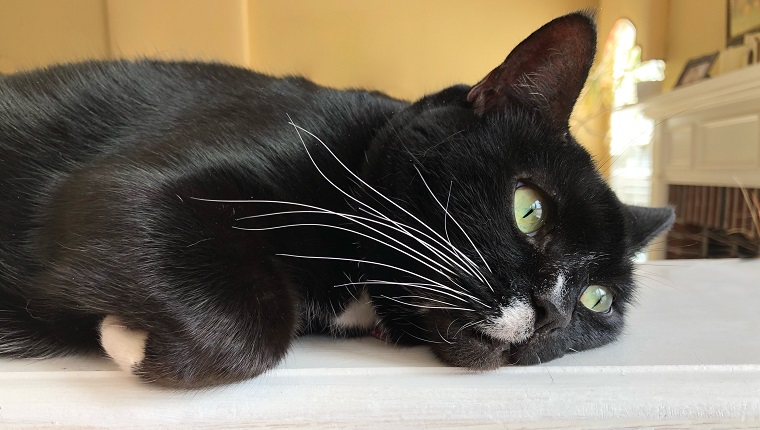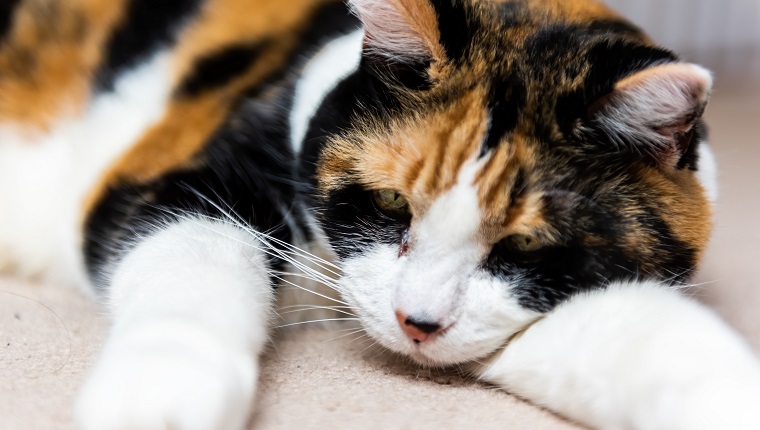Regenerative anemia in cats occurs when the body’s red blood cells deplete at a quicker rate than they regenerate. The condition can still appear even if a cat’s bone marrow is successfully producing red blood cells; it persists when those red blood cells are being lost at a faster rate than they can be replaced.
In severe cases, it can become a crisis, and the cat may need urgent medical care.
If you see signs that your cat might be suffering from anemia, then you must consult your veterinarian for a proper diagnosis and course of treatment. Here’s what you should know about the symptoms, causes, and treatments of regenerative anemia in cats.
Symptoms Of Regenerative Anemia In Cats
Regenerative anemia in cats can bring on a number of symptoms depending on the underlying cause of the condition. Some of the most common symptoms include:
- Panting excessively
- Acting depressed and lethargic
- Gums, eyes and ears starting to turn pale or yellow
- Loss of appetite
- Reluctance to groom themselves
- Weakness
- Increased heart rate
- Heart murmurs
Causes Of Regenerative Anemia In Cats

Regenerative anemia in cat can develop due to a range of underlying issues. Some of the most common causes include:
- Infections (both bacterial and viral)
- Parasites (including worms)
- Autoimmune diseases
- Ingesting toxic substances including onions
- Side effect of taking drugs including ibuprofen and aspirin
Treatments For Regenerative Anemia In Cats
If you suspect that your cat might be suffering from regenerative anemia, then your veterinarian will carry out a physical examination of your cat and ask about their medical history plus any recent events that might have contributed to the condition.
Vets generally order blood and urine test, along with tests involving the bone marrow.
When the vet confirms their diagnosis, treatment will focus on dealing with the cause of the condition. In many cases, dietary supplements, including minerals and vitamins, can help redress the issue. A vet may also use blood transfusions.
Vets often prescribe antibiotics to help with treatment. As ever, if your vet prescribes medicine for your cat, it’s vital that you stick to the precise dosage and frequency instructions along with completing the full course of medication even if your cat’s health seems to improve.
When it comes to recovery at home, it’s important to provide a calm environment for your cat, along with usually keeping other pets away for a period of time. Maintain regular checkups with your vet to monitor your cat’s condition.
Has your cat ever developed regenerative anemia? How did your vet help your beloved feline recover? Tell us all about it in the comments below.







